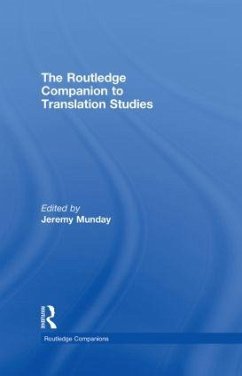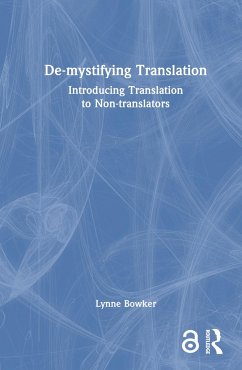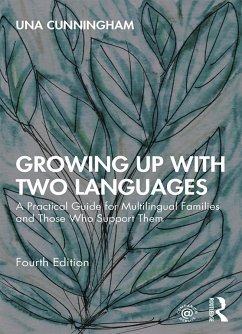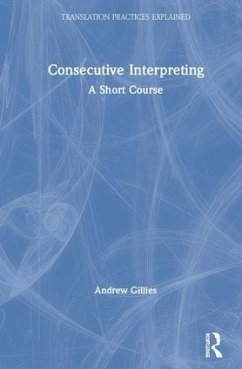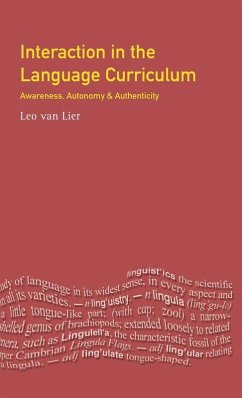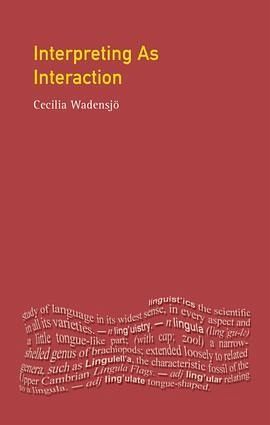
Interpreting As Interaction
Versandkostenfrei!
Versandfertig in 1-2 Wochen
186,99 €
inkl. MwSt.
Weitere Ausgaben:

PAYBACK Punkte
93 °P sammeln!
This text brings attention to a linguistic and social activity which is prominent in modern society but largely unexplored in academic/professional literature. It analyses real-life situations, collected in hospitals and at police stations, and applies a Bakhtinian dialogic theory of language and mind. The data shows that the interpreter's prescribed role as a non-participating, non-person does not - and cannot - always hold true. The book offers an alternative understanding of the interpreter's task, as consisting of translating and coordinating, and of the interpreter as an actor solving pro...
This text brings attention to a linguistic and social activity which is prominent in modern society but largely unexplored in academic/professional literature. It analyses real-life situations, collected in hospitals and at police stations, and applies a Bakhtinian dialogic theory of language and mind. The data shows that the interpreter's prescribed role as a non-participating, non-person does not - and cannot - always hold true. The book offers an alternative understanding of the interpreter's task, as consisting of translating and coordinating, and of the interpreter as an actor solving problems of translatability in situated, social interaction.





